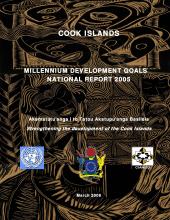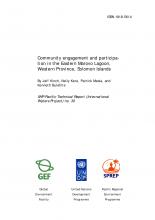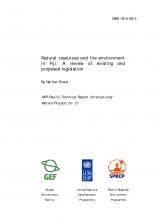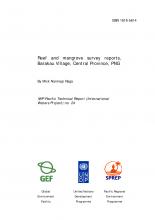Community engagement and participation in the Eastern Marovo Lagoon, Western Province, Solomon Islands / by Jeff Kinch ... [et al].

Island and Ocean Ecosystems
Available Online
The International Waters Project (IWP)1 is a 7-year, USD 12 million initiative concerned with management and conservation of marine, coastal and freshwater resources in the Pacific islands region, and is specifically intended to address the root causes of environmental degradation related to trans-boundary issues in the Pacific. The project includes two components: an integrated coastal and watershed management component, and an oceanic fisheries management component (the latter has been managed as a separate project). It is financed by the Global Environment Facility under its International Waters Programme. The coastal component is implemented by the United Nations Development Programme and executed by the Secretariat of the Pacific Regional Environment Programme (SPREP), in the conjunction with the governments of the 14 independent Pacific Island countries: Cook Islands, Federated States of Micronesia, Fiji, Kiribati, Marshall Islands, Nauru, Nine, Palau, Papua New Guinea, Samoa, Solomon Islands, Tonga, Tuvalu and Vanuatu. The coastal component supports national and community-level actions2 that address priority environmental concerns relating to marine and fresh water quality, habitat modification and degradation and unsustainable use of living marine resources through a 7-year phase of pilot activities, which Started in 2000 and will conclude at the end of 2006.




